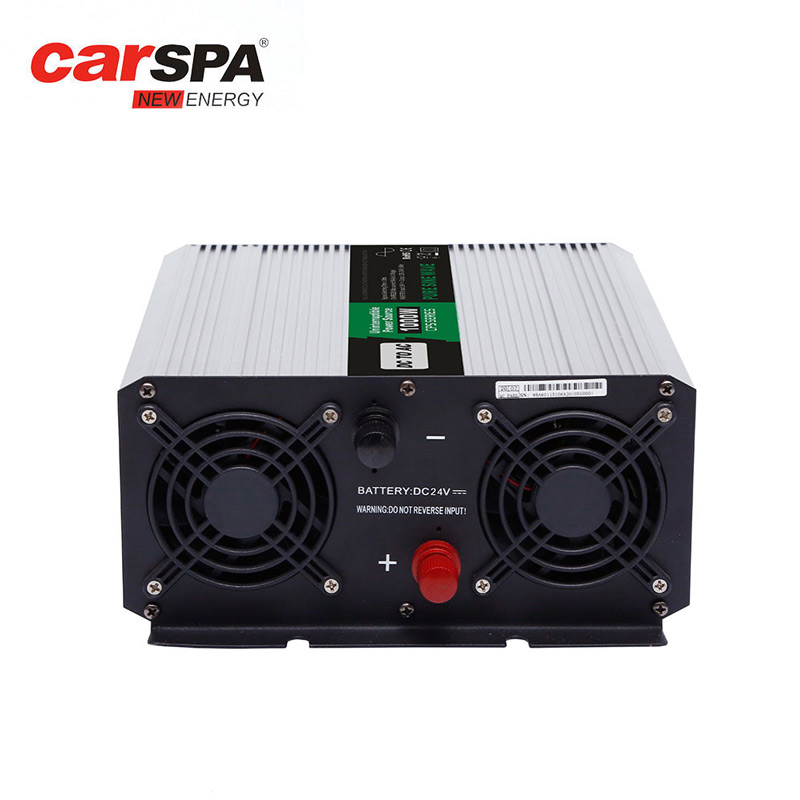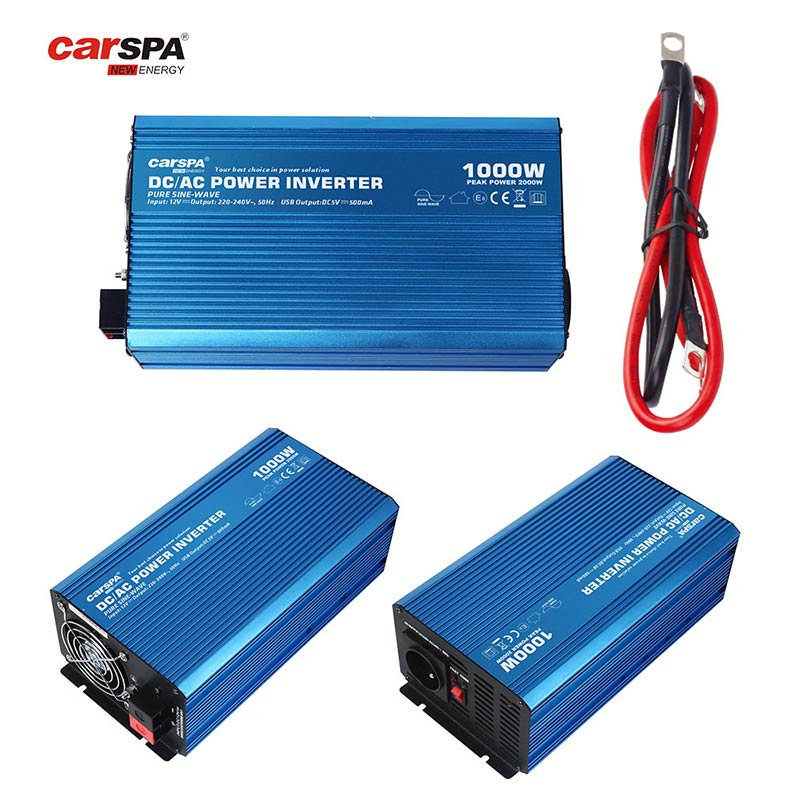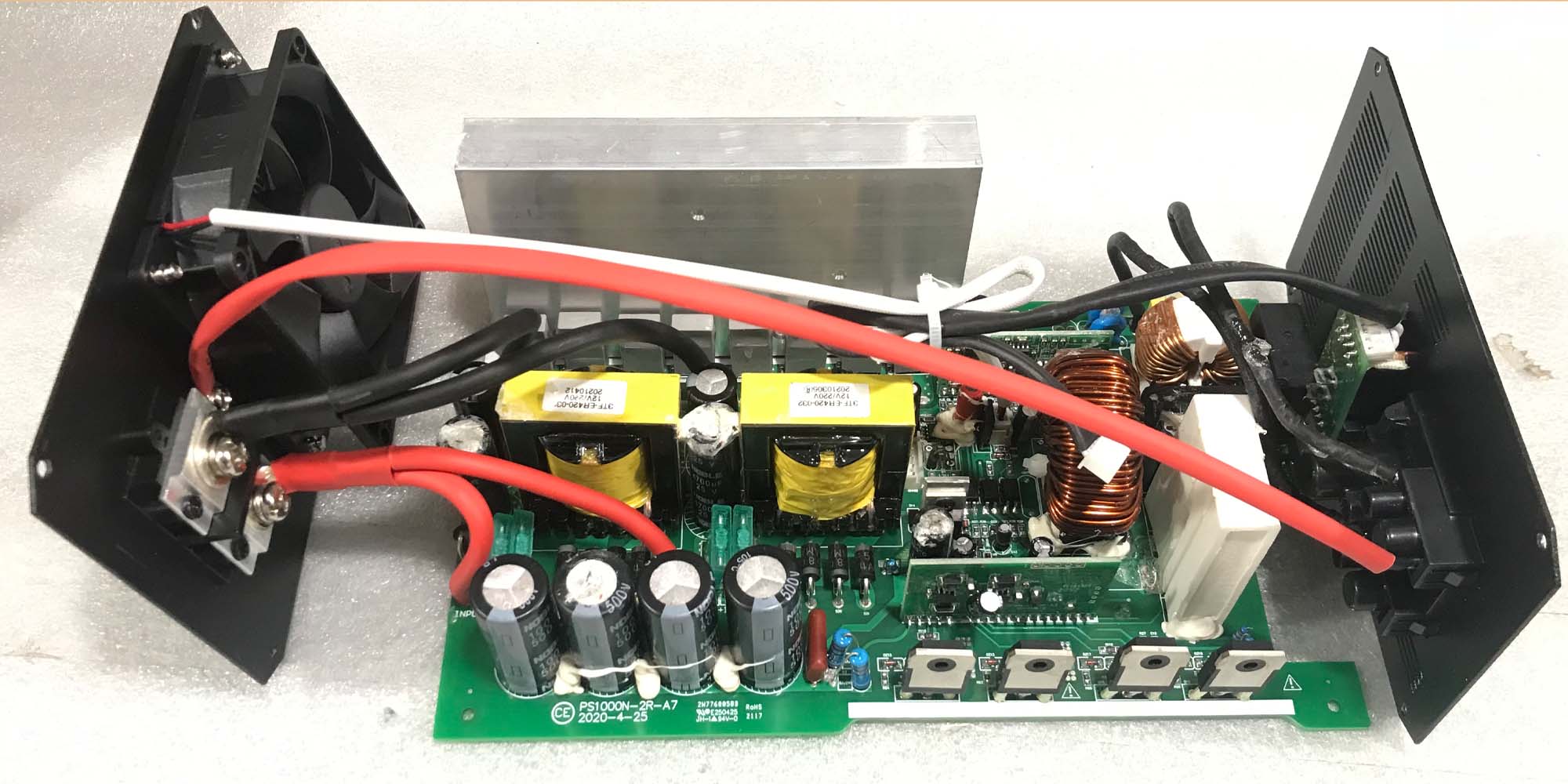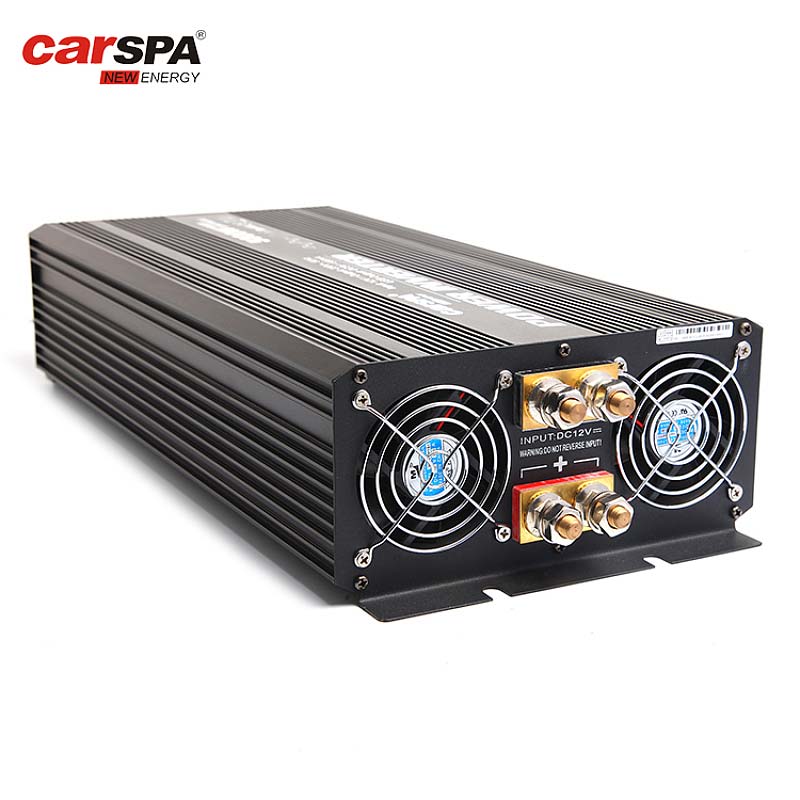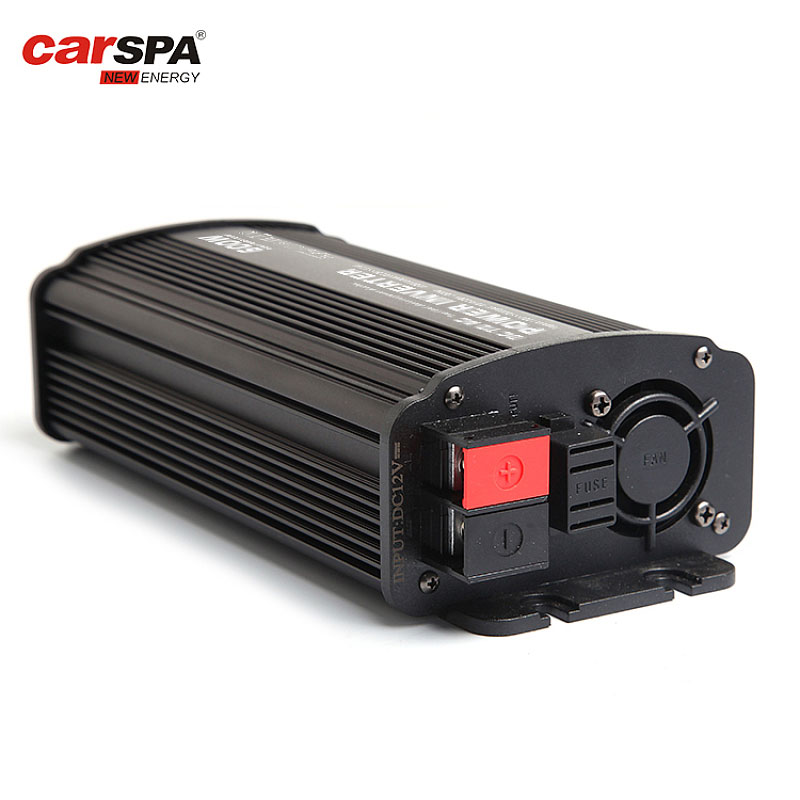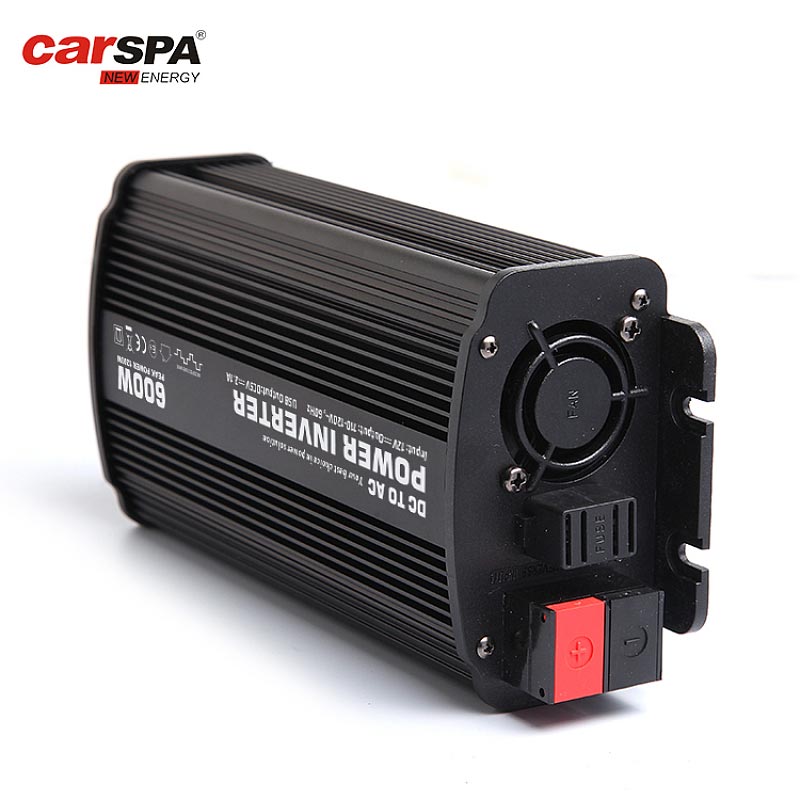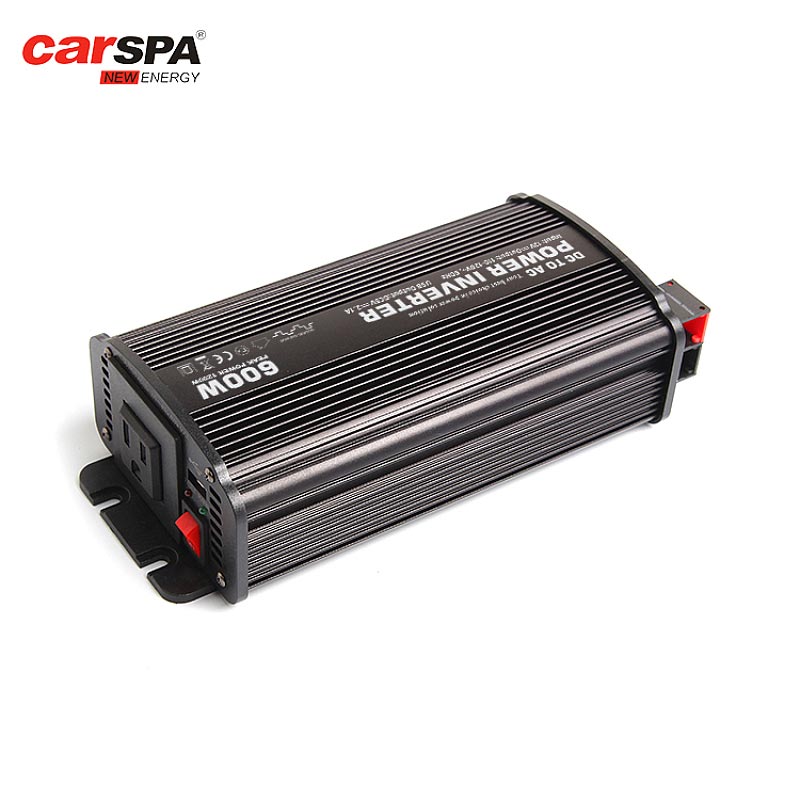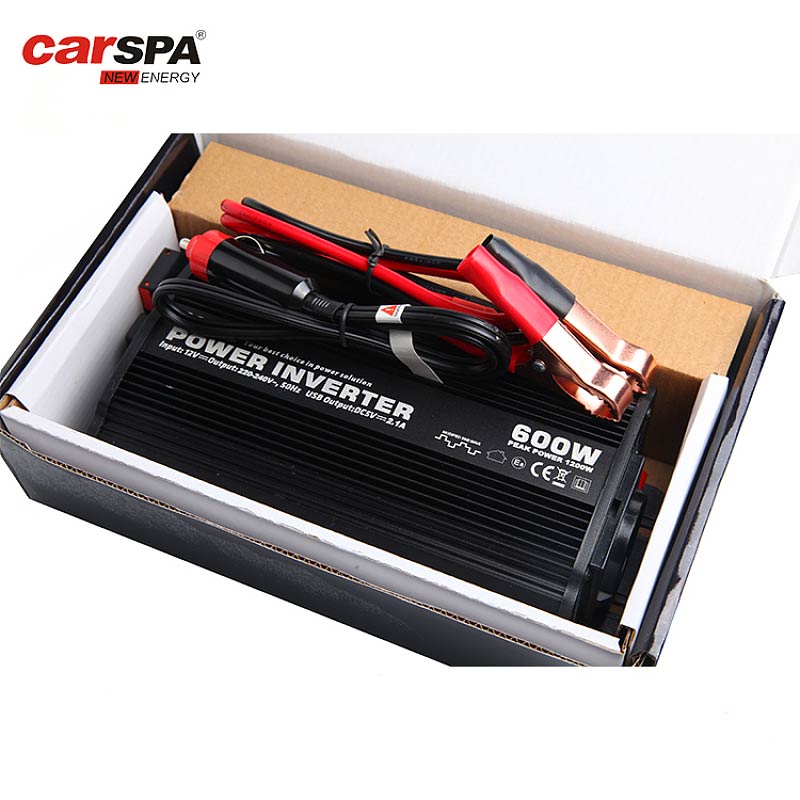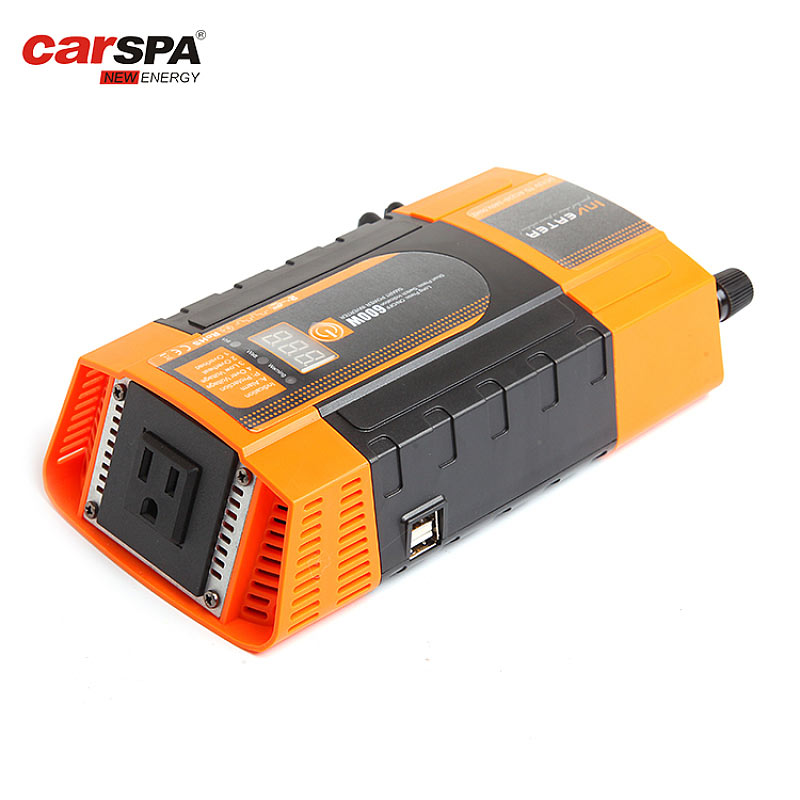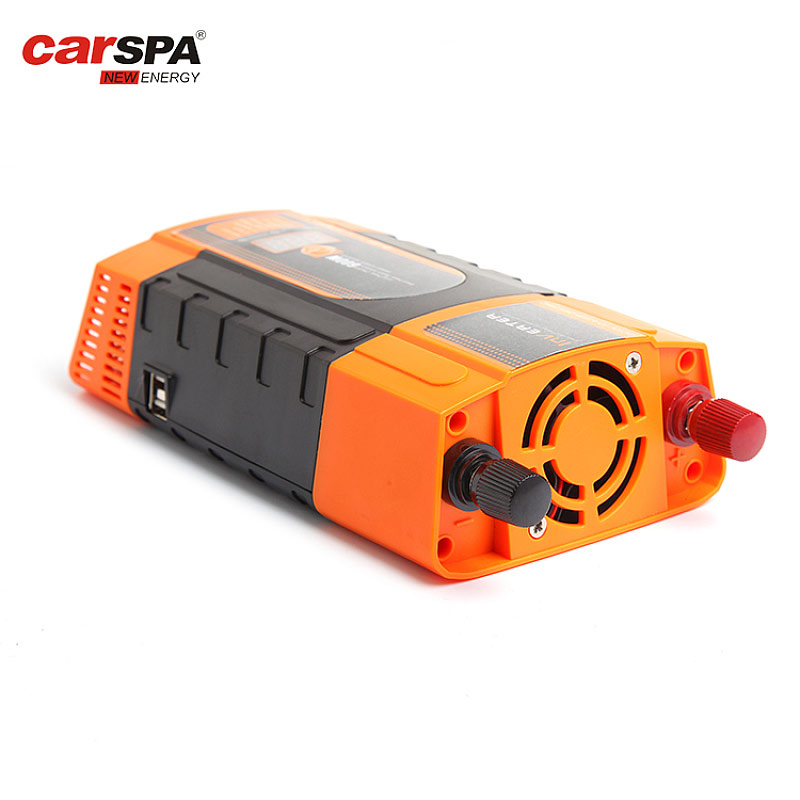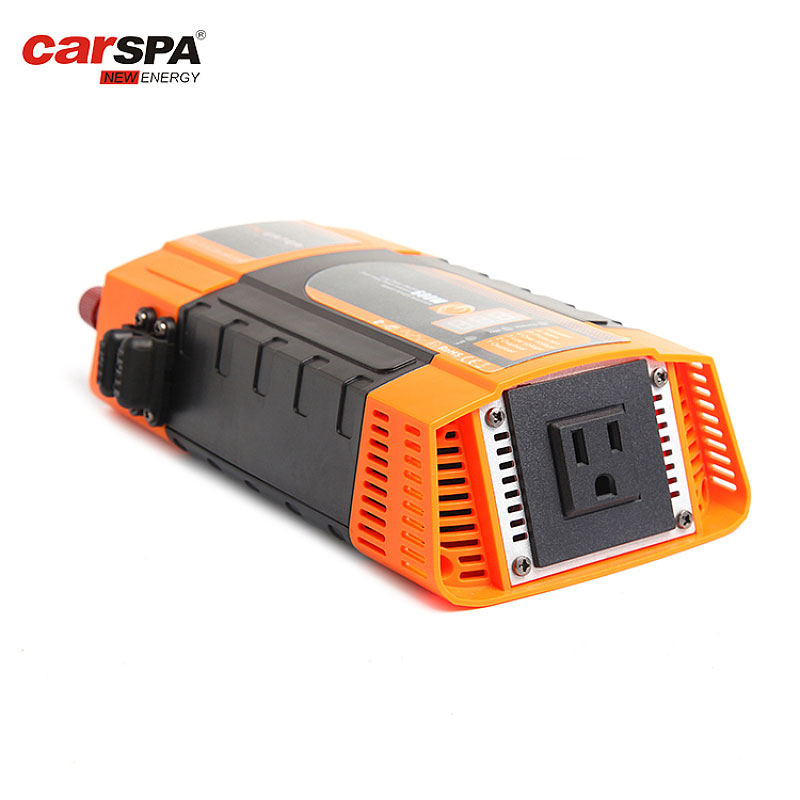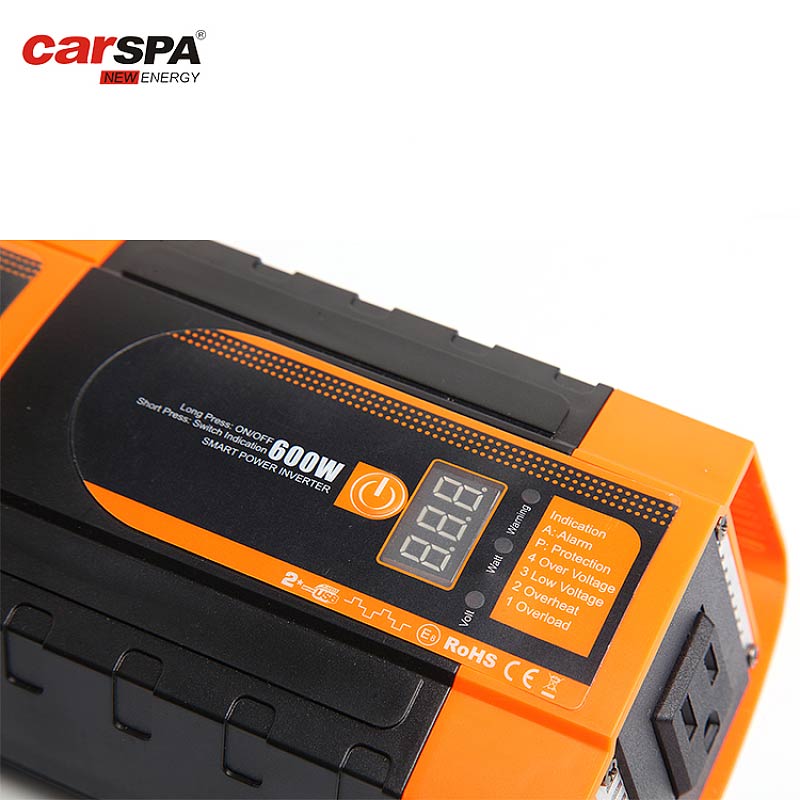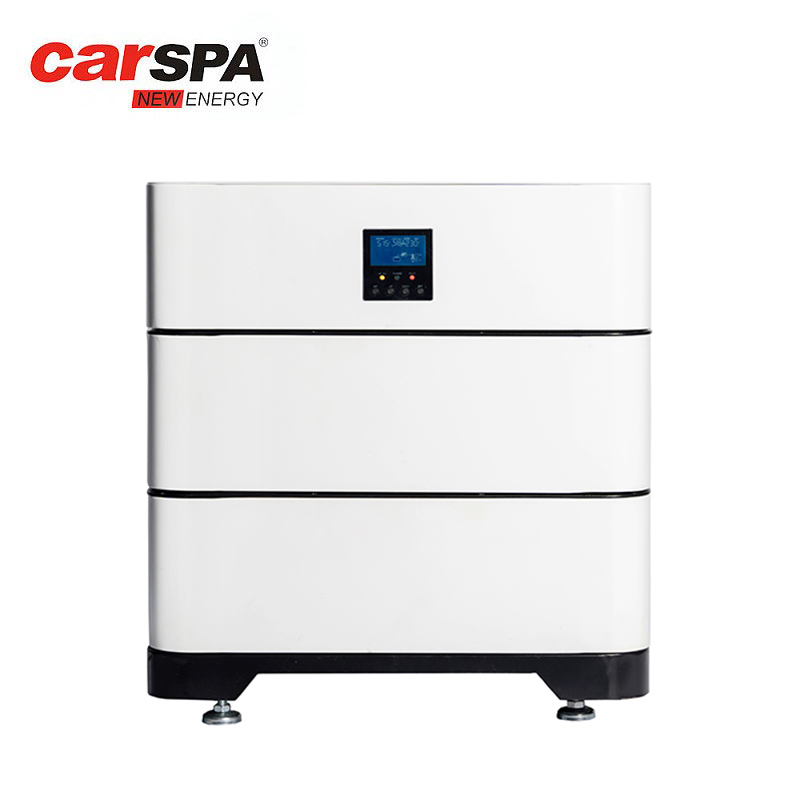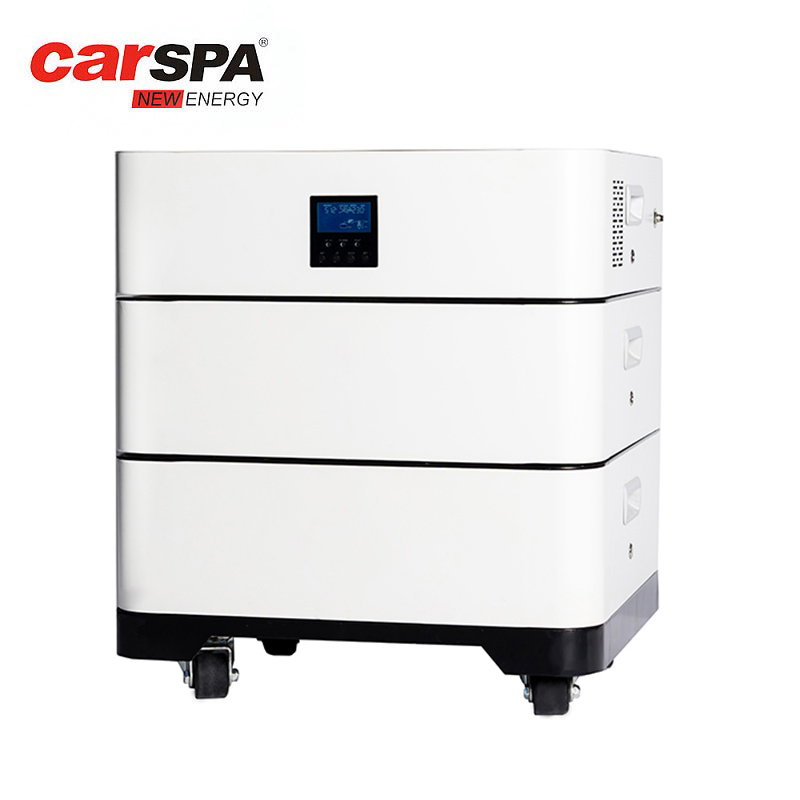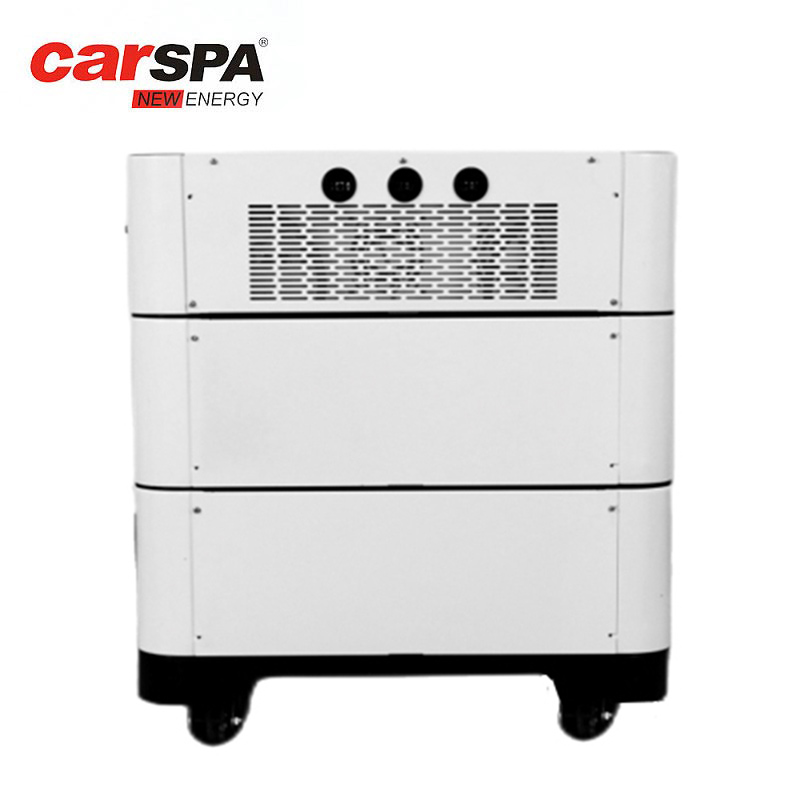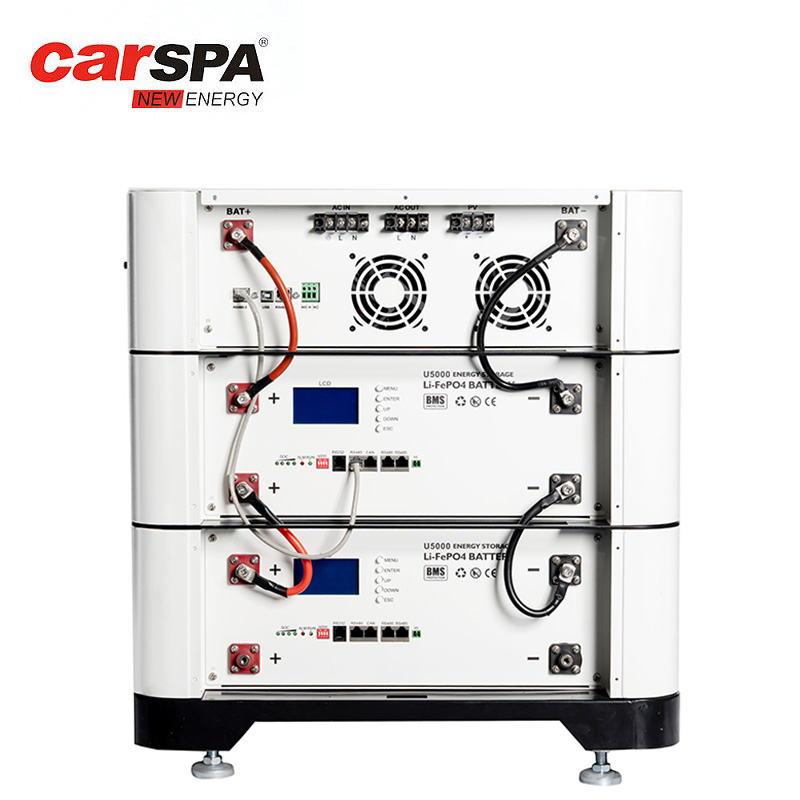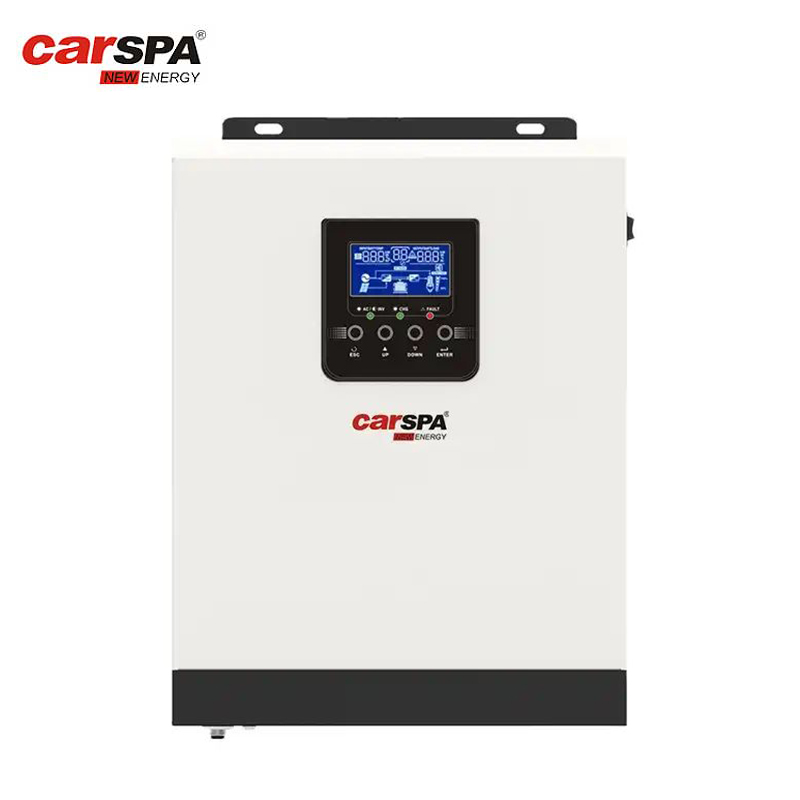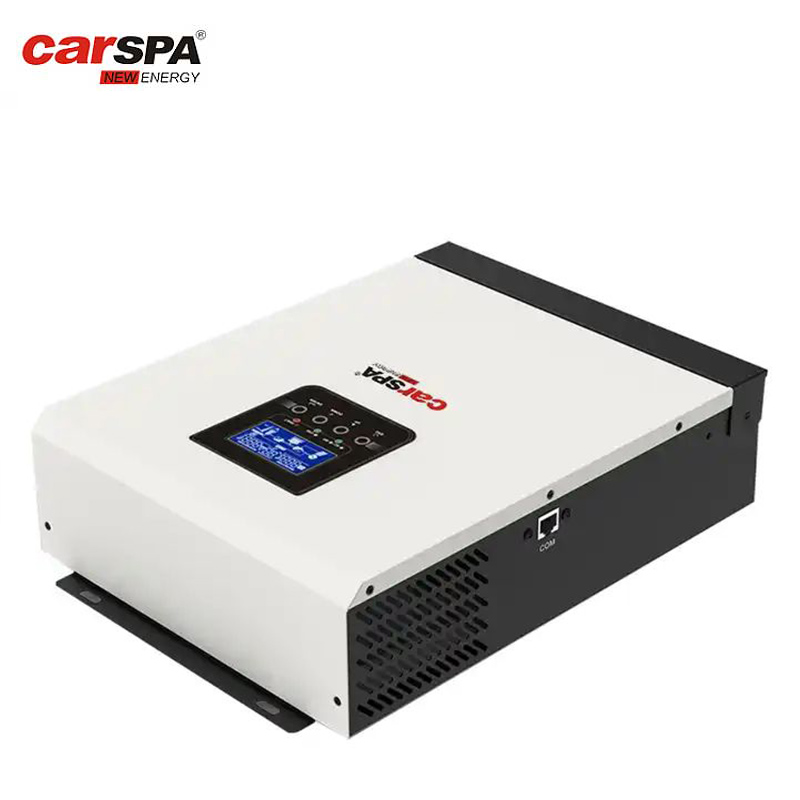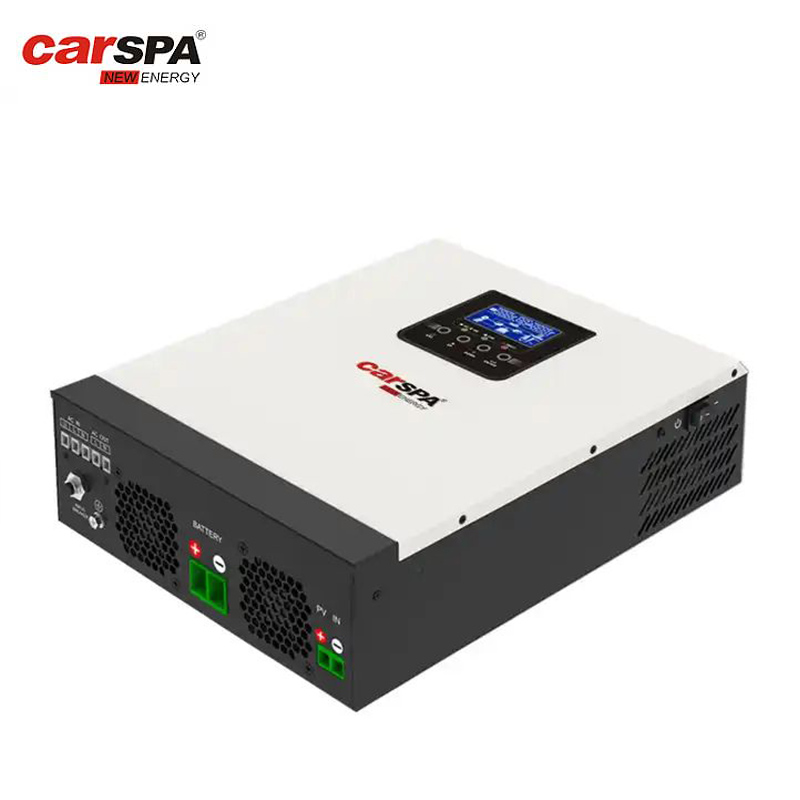Is it OK to Oversize Solar Charge Controller?
When it comes to designing a solar power system, choosing the right components is crucial for its optimal performance. The solar charge controller plays a critical role in regulating the voltage and current from the solar panels to the battery. One question that often arises is whether it is okay to oversize the solar charge controller. In this article, we will explore different scenarios where oversizing the charge controller can be beneficial or detrimental and the potential consequences of overloading.

Scenario 1: Small Solar Panels, Large Battery Bank
Suppose you have a small solar panel array generating only a few amps of current, but you have a large battery bank that needs to be charged. In this scenario, oversizing the charge controller can be beneficial. A larger charge controller can handle a higher current input from the solar panels, which means that it can charge the battery bank faster. However, oversizing beyond a certain point can lead to wasted energy, which translates to a higher cost of the system.
Scenario 2: Large Solar Panel Array, Small Battery Bank
In contrast, if you have a large solar panel array generating a high current, but you have a small battery bank, oversizing the charge controller can be detrimental. A larger charge controller may not regulate the voltage and current output correctly, which can damage the battery bank. Additionally, oversizing can result in overcharging, which can reduce the lifespan of the battery bank and cause safety hazards such as explosions or fires.
Scenario 3: Backup Power System
Suppose you are using a solar power system as a backup source of power. In this scenario, oversizing the charge controller can be beneficial, especially if you have a limited time window to recharge the battery bank. A larger charge controller can handle a higher current input from the solar panels, which means that it can charge the battery bank faster and ensure that it is fully charged before the power outage occurs. However, oversizing beyond a certain point can lead to wasted energy, which translates to a higher cost of the system.
Consequences of Overloading
When a solar charge controller is overloaded, it can result in several consequences. First, the controller may fail to regulate the voltage and current output correctly, leading to damage to the battery bank. Second, overloading can lead to overcharging, which can reduce the lifespan of the battery bank and cause safety hazards. Finally, overloading can lead to wasted energy, which translates to a higher cost of the system.
Conclusion
In conclusion, oversizing a solar charge controller can be beneficial or detrimental depending on the application scenario. It is essential to consider the size of the solar panel array, the size of the battery bank, and the required charging time when choosing the appropriate charge controller. While oversizing can lead to faster charging times and improved system performance, it can also lead to wasted energy and potential safety hazards. Therefore, it is crucial to find the right balance between system efficiency and cost-effectiveness.


